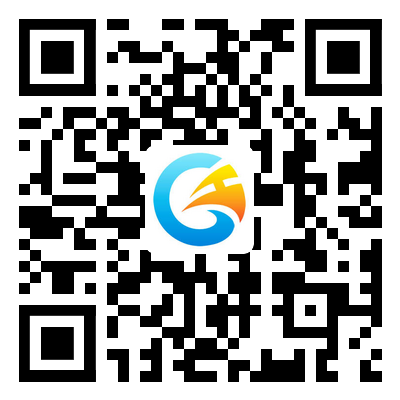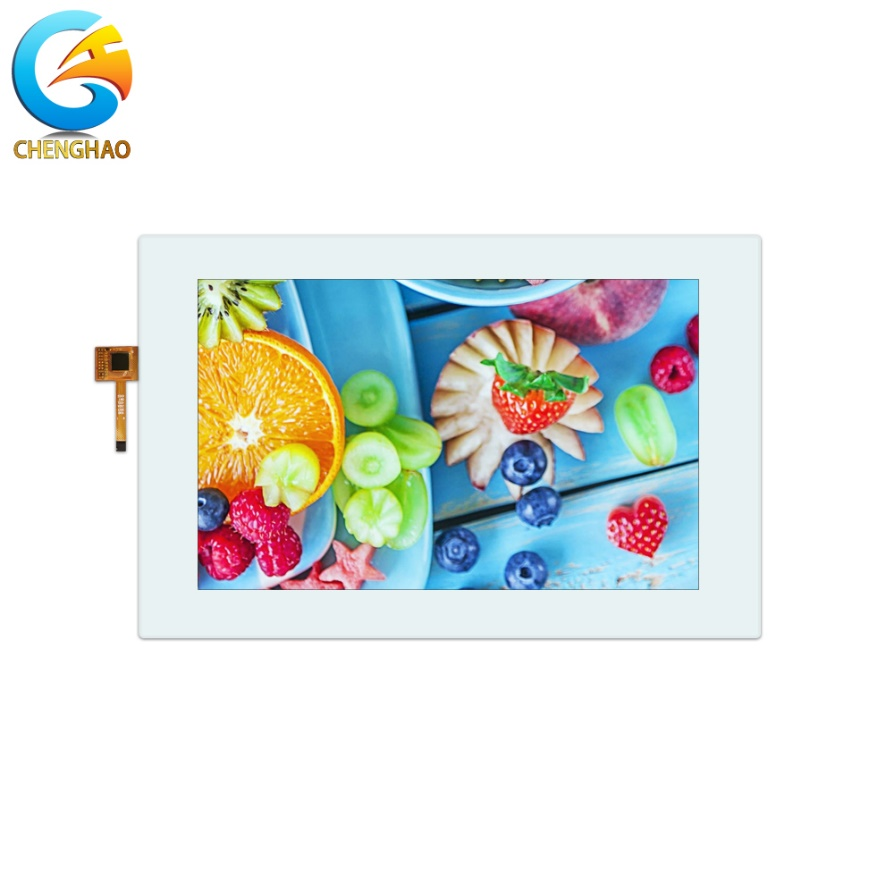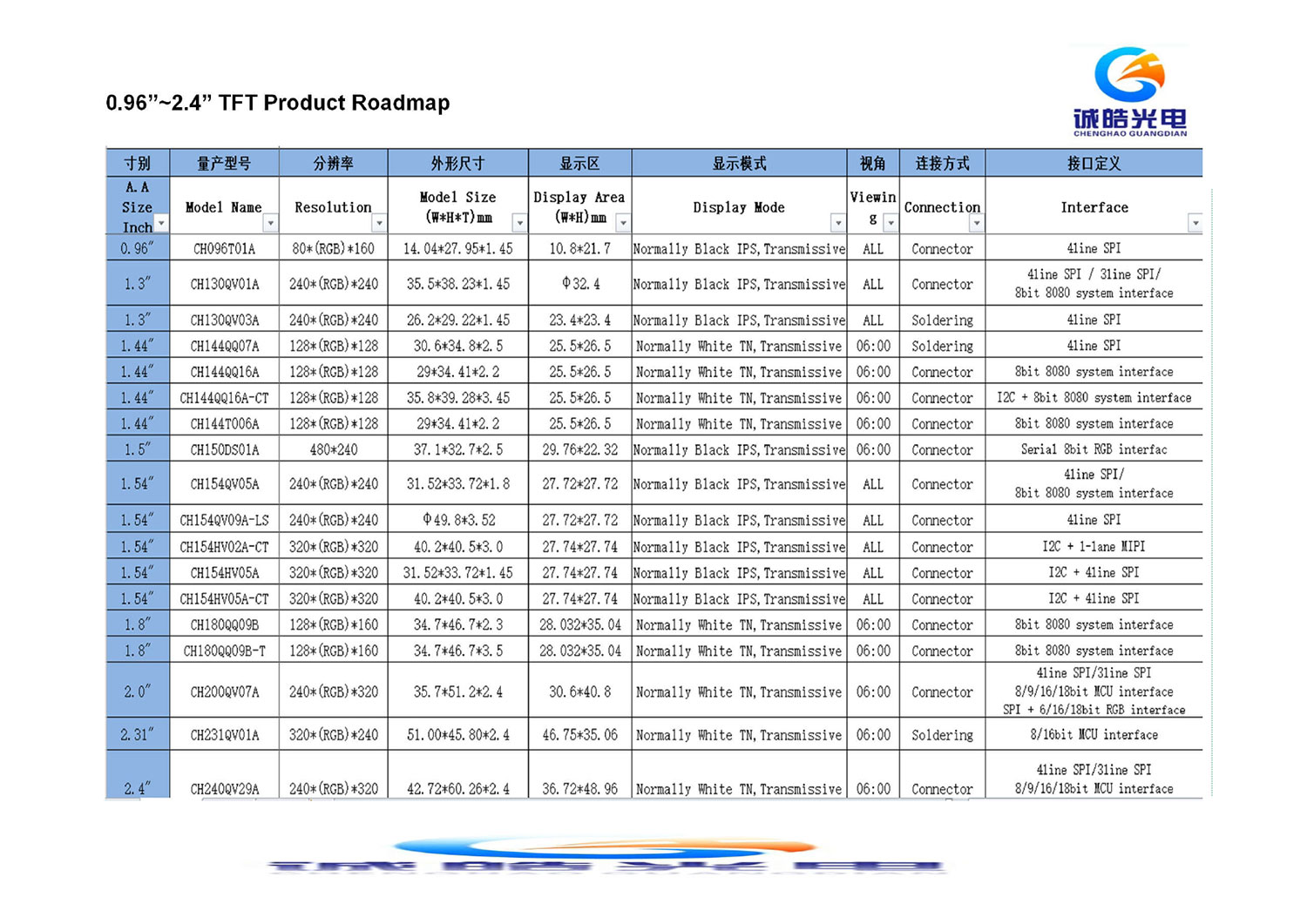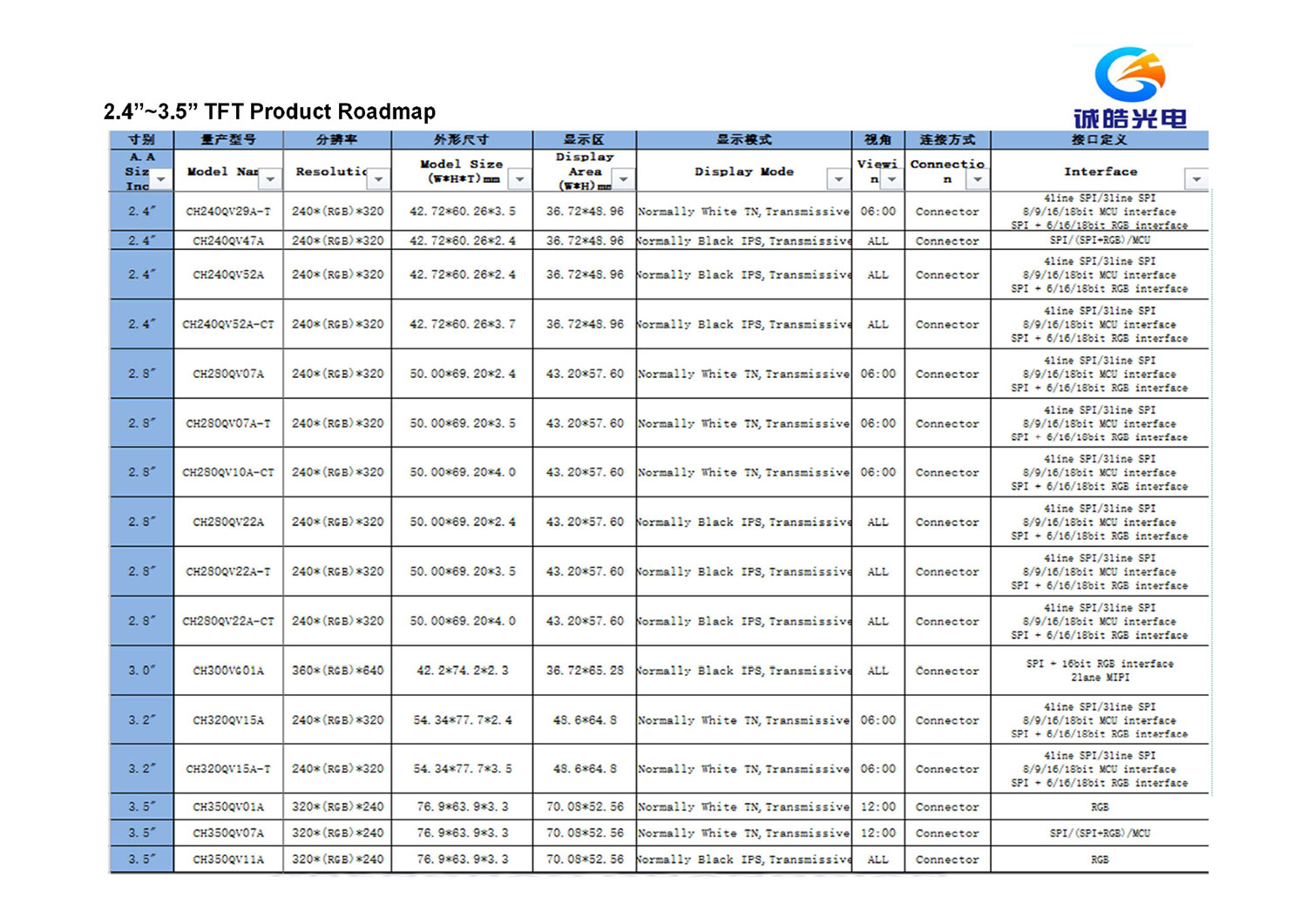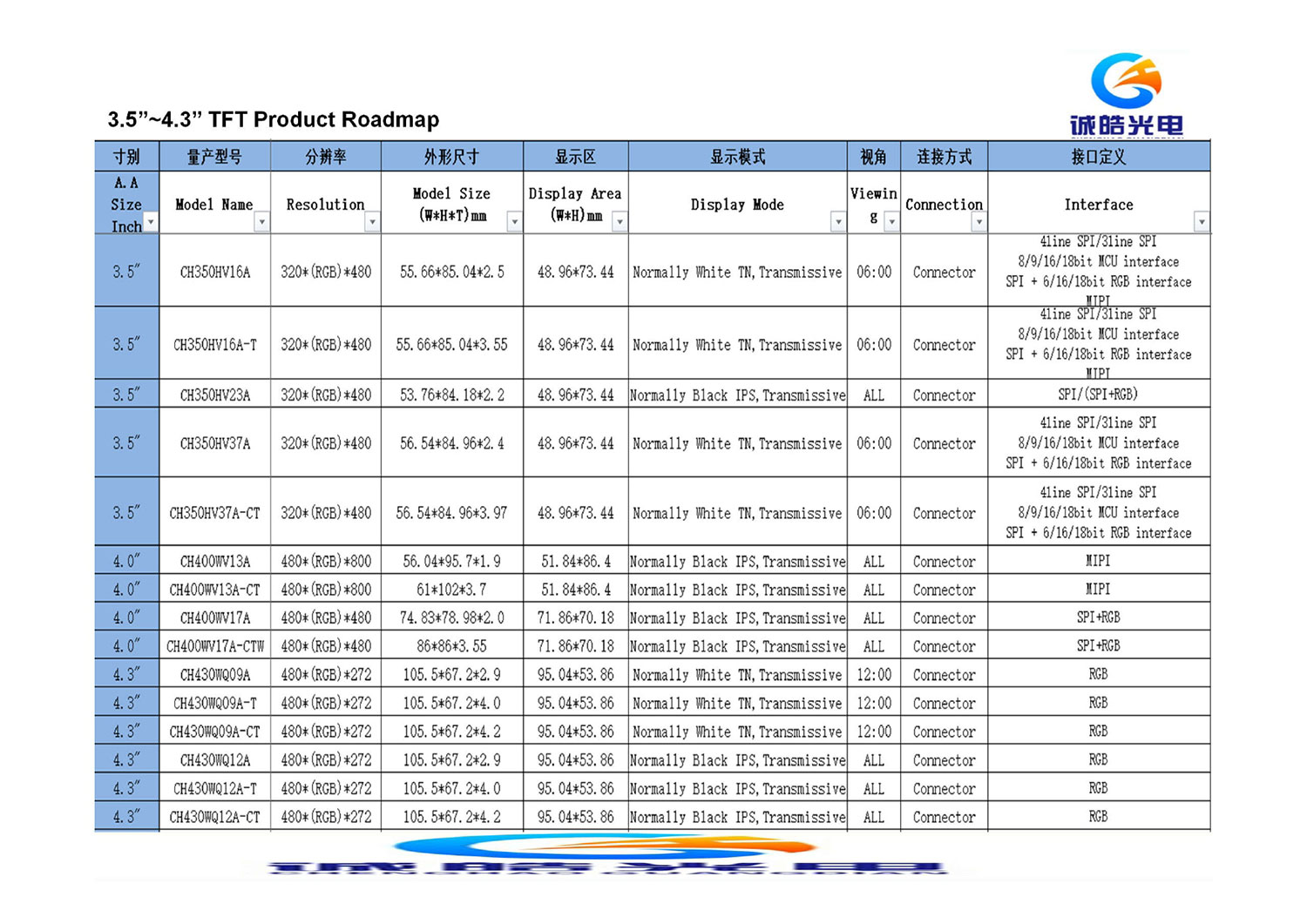How to solve the electromagnetic interference problem of capacitive touch screen
2023-03-09
As the mainstream technology of multi-touch interface, capacitive touch screen is widely used in industrial equipment. The anti-interference of capacitive touch screen is one of the performance requirements of touch screen. If the anti-interference is weak, it will affect the touch screen effect of the switchboard.
For example, the touch is not sensitive and accurate. And other issues. The electromagnetic interference problem of industrial touch screens is very challenging in the early stage of development and design.
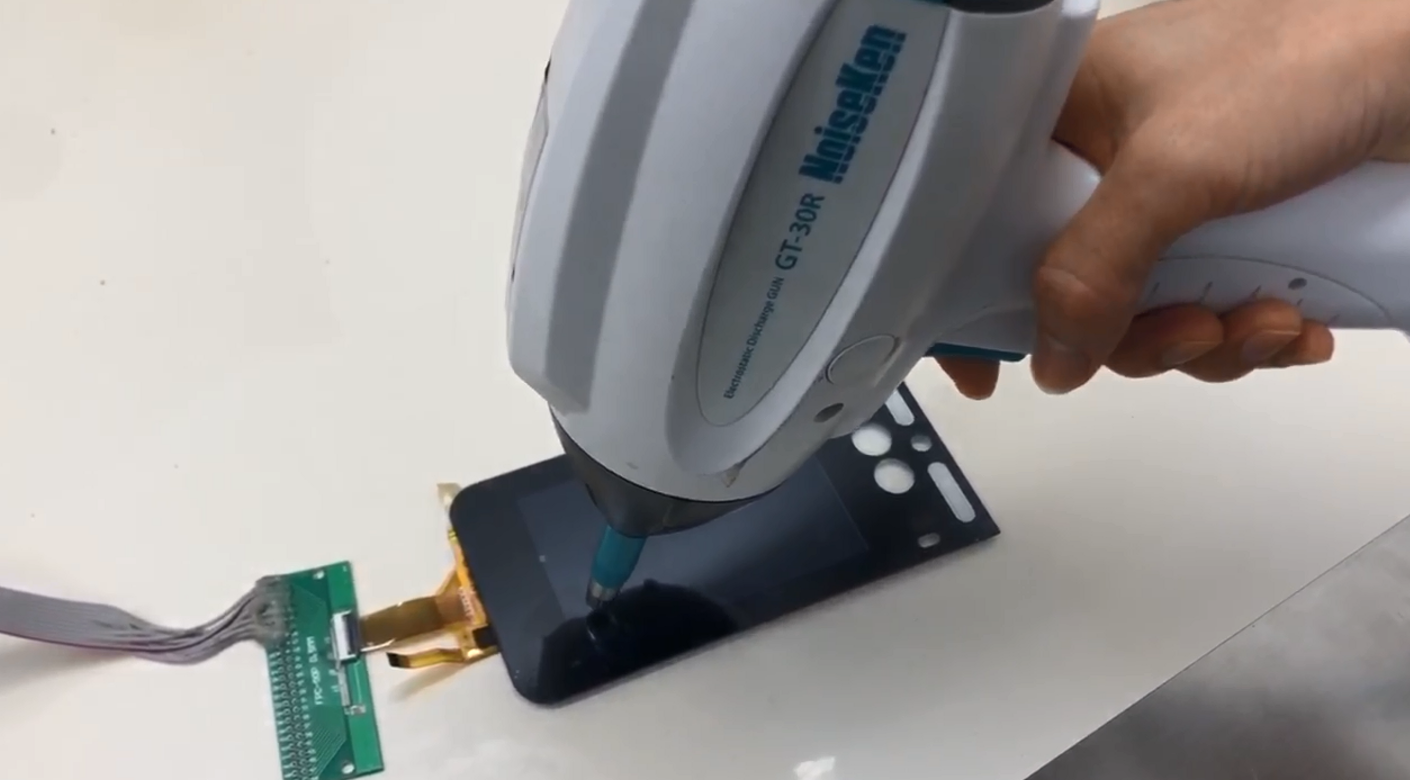
The projected capacitive touch screen can accurately locate the position where the finger touches the LCD screen, and it can judge the position of the finger by measuring the small change of capacitance. A key design consideration in such touch screen applications is the effect of electromagnetic interference (EMI) on system performance. Performance degradation caused by interference can adversely affect touch screen designs.
Typical projected capacitive sensors are mounted beneath a glass or plastic cover. The transmit (Tx) and receive (Rx) electrodes are connected to transparent indium tin oxide (ITO), forming a cross matrix, with each Tx-Rx junction having a characteristic capacitance. The Tx ITO is located below the Rx ITO, separated by a polymer film or optical glue (OCA).

Let's analyze the work of the touch screen: the operator's fingers are said to be at ground potential. Rx is held at ground potential by the touch screen controller circuit, while Tx voltage is variable. The varying Tx voltage causes current to flow through the Tx-Rx capacitor. A Rxwas valuedintegrated circuit, isolates and measures the charge entering Rx. The measured charge represents the "mutual capacitance" connecting Tx and Rx.
Projected capacitive touch screens, which are widely used in portable devices today, are susceptible to electromagnetic interference, and interference voltages from internal or external sources are capacitively coupled to # industrial lcd module # the touch screen device. These interfering voltages cause charge movement within the touchscreen, which can confound the measurement of charge movement when a finger touches the screen. Therefore, the effective design and optimization of touch screen systems depends on the understanding of the interference coupling path, and its reduction or compensation as much as possible.
Interference coupling paths involve parasitic effects such as transformer winding capacitance and finger-device capacitance. Proper modeling of these effects can give a good idea of the source and magnitude of the disturbance.
For many portable devices, the battery charger constitutes a major source of interference on the touchscreen. When the operator's finger touches the touch screen, the generated capacitance makes the charger interference coupling # smal size tft lcd# circuit shut down. The quality of the internal shield design of the charger and whether there is a proper charger grounding design are the key factors affecting the interference coupling of the charger.























































